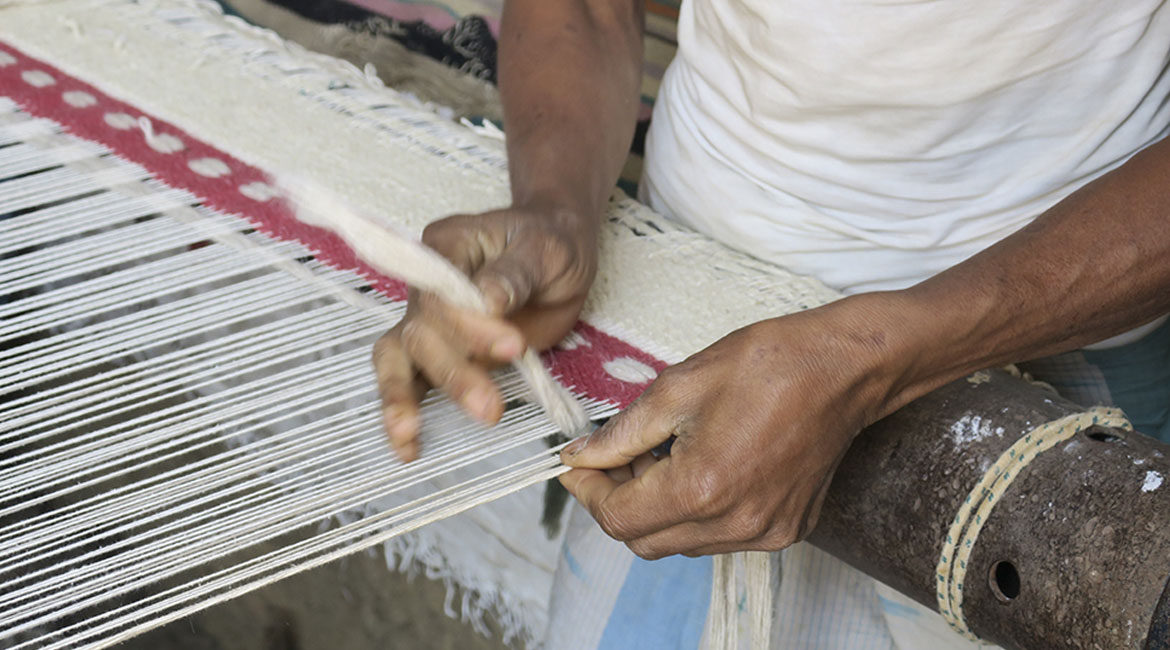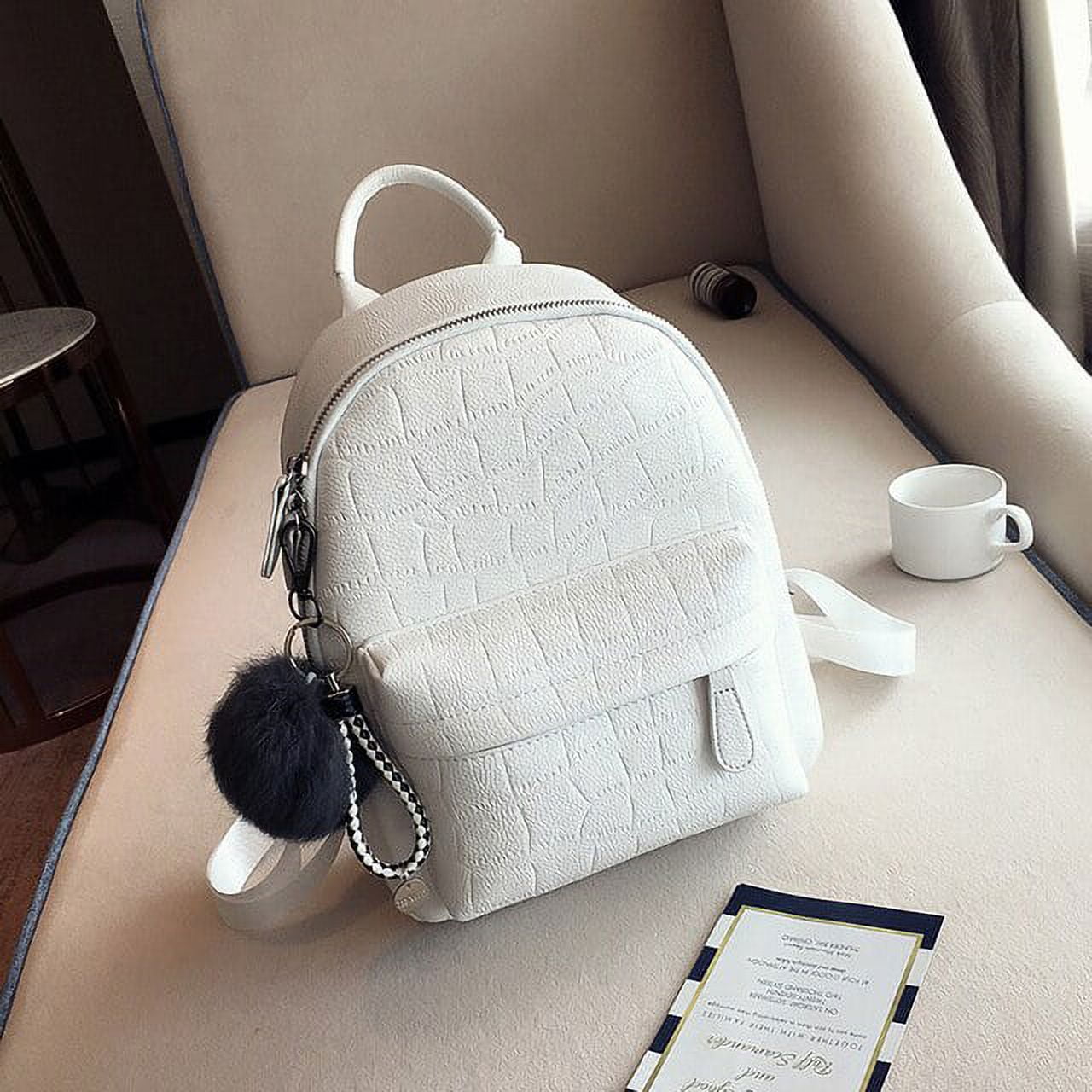Hand knotted rugs represent some of the finest floor coverings you can own. Each piece takes months or even years to complete, with artisans tying thousands of individual knots to create intricate patterns and designs. But here’s what many people don’t realize: the material you choose determines whether your rug will last decades or start showing wear within a few short years.
When you buy carpet online or shop in stores, you’ll encounter hand knotted rugs made from various materials. Each has distinct characteristics that affect durability, appearance, and maintenance requirements. Understanding these differences helps you make an informed decision that matches your lifestyle and budget.
The right material choice can mean the difference between a rug that becomes a family heirloom and one that needs replacing in five years. Let’s examine the most popular materials used in hand knotted rugs and what makes each one suitable for long-term use.
Wool: The Gold Standard for Durability
Wool stands as the most popular material for hand knotted rugs, and for good reason. This natural fiber offers exceptional durability while maintaining comfort underfoot. High-quality wool rugs can last 50 to 100 years with proper care.
Types of Wool Make a Difference
Not all wool is created equal. New Zealand wool provides excellent resilience and natural stain resistance. Its long fibers create a smooth surface that resists matting and crushing. Persian wool, particularly from highland sheep, offers incredible softness combined with strength. The harsh mountain climate produces sheep with exceptionally durable fleece.
Highland wool from countries like Afghanistan and Pakistan also produces excellent results. These sheep develop thick, resilient coats to survive extreme weather conditions, translating to rugs that handle heavy foot traffic without showing excessive wear.
Caring for Wool Hand Knotted Rugs
Wool’s natural lanolin content helps repel spills and stains. Regular vacuuming removes dirt before it settles deep into the fibers. Professional cleaning every 12 to 18 months keeps wool rugs looking their best. Avoid over-wetting wool during spot cleaning, as this can cause shrinkage or distortion.
Silk: Luxury with Special Considerations
Silk creates hand knotted rugs with unmatched beauty and refinement. The natural sheen catches light beautifully, making colors appear more vibrant and patterns more defined. Silk allows for extremely fine knotting, enabling intricate detail work that’s impossible with thicker fibers.
However, silk requires careful consideration for placement and use. Pure silk rugs work best in low-traffic areas like bedrooms, formal dining rooms, or as wall hangings. The delicate fibers can show wear quickly under heavy foot traffic.
Silk Rug Maintenance
Silk demands gentle care. Professional cleaning is essential, as home cleaning attempts often damage the delicate fibers. Keep silk rugs away from direct sunlight to prevent fading. Rotate them regularly to ensure even wear patterns.
When you buy carpet online, pay attention to silk rug descriptions. Some use “art silk” or rayon, which looks similar but lacks the durability and value of genuine silk.
Cotton: Affordable and Versatile
Cotton offers an accessible entry point into hand knotted rugs. While not as durable as wool, good-quality cotton rugs still provide years of service at a fraction of the cost. Cotton works particularly well for casual spaces and households with children or pets.
Cotton’s Strengths and Limitations
Cotton absorbs moisture readily, making it easy to clean liquid spills. The fibers accept dyes well, producing clear, vibrant colors. However, cotton’s absorbent nature also means it can retain odors and stains if not cleaned promptly.
Cotton hand knotted rugs typically last 15 to 25 years with proper care. They work well in kitchens, bathrooms, and informal living areas where practicality matters more than luxury.
Other Natural Fibers: Rustic Options
Several other natural materials appear in hand knotted rugs, each bringing unique characteristics.
Jute creates sturdy, casual rugs perfect for high-traffic areas. Its coarse texture provides good grip and doesn’t show dirt easily. However, jute can be rough underfoot and may not suit formal spaces.
Sisal offers similar durability to jute with a slightly softer feel. These fibers work well in contemporary settings and blend nicely with modern furnishings.
Hemp produces incredibly durable rugs that soften with age and use. While less common, hemp hand knotted rugs offer excellent longevity for those seeking sustainable options.
Synthetic Fibers: Modern Durability
Modern synthetic materials have found their way into hand knotted rugs, offering specific advantages over natural fibers. Nylon provides exceptional durability and stain resistance, making it suitable for busy households with children and pets.
Acrylic mimics wool’s appearance while offering superior fade resistance and easier cleaning. These synthetic hand knotted rugs cost less than natural fiber alternatives while still providing years of service.
Polypropylene resists moisture, mold, and mildew, making it ideal for humid climates or areas prone to spills. While not as luxurious as natural materials, synthetic options serve practical needs effectively.
Combination Materials: Best of Both Worlds
Many hand knotted rugs combine different materials to balance cost, durability, and appearance. Common combinations include:
Wool and silk blends offer silk’s lustrous highlights with wool’s durability. Artisans often use silk for accent details while wool forms the main body of the rug. This approach provides visual interest without the full cost and maintenance requirements of pure silk.
Wool and cotton combinations reduce costs while maintaining reasonable durability. The cotton typically forms the foundation while wool creates the pile, resulting in a rug that’s more affordable than pure wool but more durable than pure cotton.
These blended materials allow manufacturers to create hand knotted rugs that meet specific price points and performance requirements.
Choosing the Right Material for Your Needs
The best material for your hand knotted rug depends on several factors. Consider your budget, lifestyle, and where you’ll place the rug.
For high-traffic areas, wool provides the best balance of durability and comfort. Families with pets and children benefit from wool’s natural stain resistance and easy maintenance.
Formal spaces with minimal foot traffic can accommodate silk’s beauty and delicate nature. These rugs become focal points that showcase craftsmanship and add luxury to any room.
Budget-conscious buyers should consider cotton or synthetic options. While they may not last as long as wool, they still provide years of service at accessible prices.
When you buy carpet online, carefully read material descriptions and care requirements. Reputable sellers provide detailed information about fiber content and expected durability.
Making Your Hand Knotted Rug Last
Regardless of material choice, proper care extends any rug’s lifespan. Use rug pads to prevent slipping and reduce wear. Rotate rugs periodically to ensure even fading and wear patterns. Address spills immediately to prevent permanent staining.
Professional cleaning maintains your investment and keeps hand knotted rugs looking their best. Most materials benefit from annual or bi-annual professional attention, depending on use and traffic levels.
Quality hand knotted rugs represent significant investments that reward owners with decades of beauty and service. Choose your material thoughtfully, care for your rug properly, and enjoy a floor covering that can truly last a lifetime.




